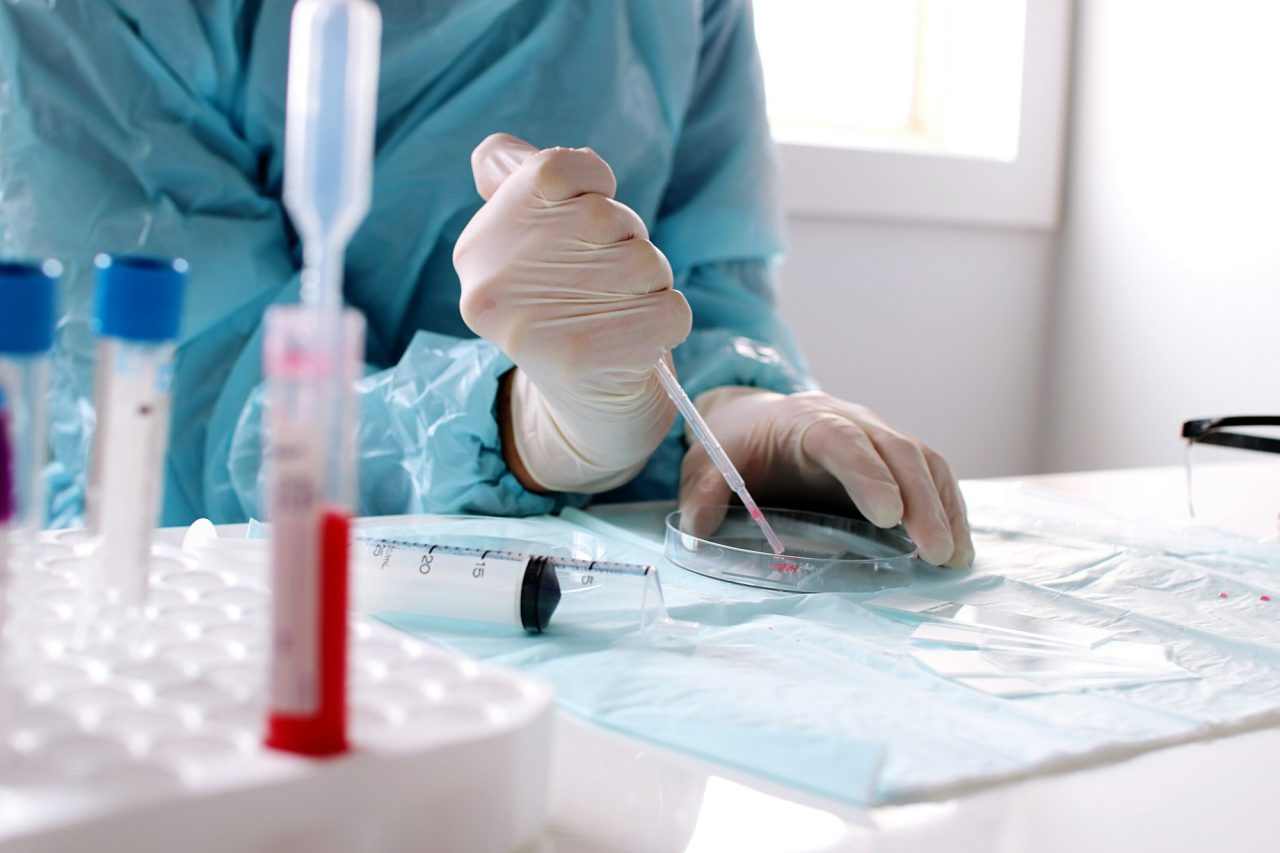Quest Diabetic Clinic and Diagnostics
Screening for Diabetes Retinopathy
Diabetic Retinopathy is a leading cause of vision loss and blindness in people with diabetes. The condition occurs when high blood sugar levels damage the blood vessels in the retina, the part of the eye responsible for vision. Early detection is critical, as diabetic retinopathy can progress without noticeable symptoms until vision is significantly affected. At Quest Diabetic Clinic & Diagnostic Centre, we are proud to offer Screening for Diabetes Retinopathy for the First Time in Asansol, using state-of-the-art diagnostic technology to ensure early detection and better management of this potentially sight-threatening condition.
What is Diabetic Retinopathy?
Diabetic retinopathy is a complication of diabetes that affects the blood vessels in the retina. The retina, which lines the back of the eye, is essential for transmitting visual information to the brain. When blood sugar levels are poorly controlled over time, they can cause blood vessels to leak, swell, or become blocked, leading to vision impairment.
There are two main stages of diabetic retinopathy:
- Non-Proliferative Diabetic Retinopathy (NPDR): This early stage is characterized by swelling of blood vessels in the retina. It often has no symptoms, making regular screening essential for detecting it.
- Proliferative Diabetic Retinopathy (PDR): In this advanced stage, new, abnormal blood vessels begin to grow in the retina, increasing the risk of bleeding and vision loss.
Early-stage retinopathy may not show any symptoms, so regular screening is crucial to catch it before vision is compromised.
Why Screening for Diabetes Retinopathy is Essential?
Diabetic retinopathy develops slowly and often goes unnoticed in its early stages. Without proper screening, patients may not experience symptoms until the damage is severe, making treatment more challenging. Regular screening can identify retinopathy early, leading to effective management and preventing further damage.
- Prevent Blindness: Diabetic retinopathy is one of the leading causes of blindness worldwide, but early detection and treatment can significantly reduce the risk of vision loss.
- Detect Changes Early: Early screening helps identify small changes in the retina before they cause noticeable symptoms, allowing for prompt intervention.
- Monitor Progression: Regular screening allows doctors to track the progression of retinopathy, helping to adjust diabetes management plans accordingly.
- Preserve Vision: With early intervention, diabetic retinopathy can be managed, and vision can often be preserved, even in the advanced stages.
Screening for Diabetes Retinopathy: Advanced Technology at Quest Diabetic Clinic & Diagnostic Centre
At Quest Diabetic Clinic & Diagnostic Centre, we use cutting-edge diagnostic technology to screen for diabetic retinopathy. Our goal is to provide accurate and reliable results to help detect the condition at its earliest stage and prevent vision loss. Here’s how we conduct the screening:
1. Fundus Photography
Fundus photography is the gold standard for screening diabetic retinopathy. Using a specialized camera, we take detailed images of the retina, allowing our specialists to identify any changes in blood vessels, swelling, or other signs of diabetic retinopathy. This non-invasive test is quick and painless.
2. Fluorescein Angiography
Fluorescein angiography is a test where a dye is injected into a vein, and images of the retina are captured as the dye circulates. This test helps detect areas of leakage or blockage in the blood vessels of the retina and is used in cases where diabetic retinopathy is suspected or needs further investigation.
3. Optical Coherence Tomography (OCT)
OCT is a non-invasive imaging test that provides cross-sectional images of the retina. This test helps assess the thickness of the retina and detect swelling or damage to the blood vessels, aiding in the early detection of diabetic retinopathy.
Why Choose Screening for Diabetes Retinopathy at Quest Diabetic Clinic & Diagnostic Centre?
- First Time in Asansol We are proud to bring diabetic retinopathy screening to Asansol for the first time. Our clinic is equipped with advanced diagnostic tools, providing unparalleled access to early detection and treatment options that were previously unavailable in the region.
- Comprehensive Eye Care We provide a comprehensive approach to diabetes care. Along with retinopathy screening, our clinic offers a range of services, including diabetic neuropathy screening, foot care, and advanced diagnostic services to ensure your overall health is well-managed.
- Early Detection and Prevention Early detection is key to managing diabetic retinopathy effectively. With our screening services, you can catch any signs of damage before they progress to severe stages, reducing the risk of blindness and preserving your vision.
- Expert Healthcare Team Our experienced healthcare professionals specialize in managing diabetic complications, including diabetic retinopathy. We offer personalized care tailored to your specific needs, ensuring the best possible outcomes for your eye health.
- State-of-the-Art Equipment At Quest Diabetic Clinic & Diagnostic Centre, we use the latest technology in fundus photography, fluorescein angiography, and optical coherence tomography (OCT) to ensure accurate and precise screening results. Our advanced equipment guarantees reliable diagnosis and effective treatment planning.
Benefits of Screening for Diabetes Retinopathy
- Prevents Vision Loss: With early detection and timely intervention, diabetic retinopathy can often be treated or managed effectively to prevent vision loss.
- Monitors Diabetic Health: Regular screening helps monitor the effects of diabetes on the retina and ensures your overall diabetes management plan is effective.
- Improved Quality of Life: By detecting changes early, patients can take proactive steps to preserve their vision and maintain a high quality of life.
- Personalized Treatment Plans: Early screening allows for tailored treatment plans to prevent further damage and manage any detected issues.

Book an Appointment
What We Offer
Advanced Healthcare Solutions for Your Well-being

Eu eleifend consectetuer curabitur fusce faucibus ante dis dapibus

Eu eleifend consectetuer curabitur fusce faucibus ante dis dapibus

Eu eleifend consectetuer curabitur fusce faucibus ante dis dapibus

Eu eleifend consectetuer curabitur fusce faucibus ante dis dapibus

Eu eleifend consectetuer curabitur fusce faucibus ante dis dapibus

Schedule Your Appointment Today for Expert Care!
Easily schedule your appointment with Quest Diabetic Clinic and Diagnostic Center by calling us or using our online booking system. Choose your service, pick a convenient time, and provide your details for a smooth, hassle-free experience. We’re here to support your health journey!
+(91) 89727 75902
Book an Appointment
Lorem ipsum dolor sit amet, consectetur adipiscing elit. Ut elit tellus, luctus nec ullamcorper mattis, pulvinar dapibus leo.
Testimonials
Hear What Our Patients Are Saying
Lorem ipsum dolor sit amet, consectetur adipiscing elit. Ut elit tellus, luctus nec ullamcorper mattis, pulvinar dapibus leo.


